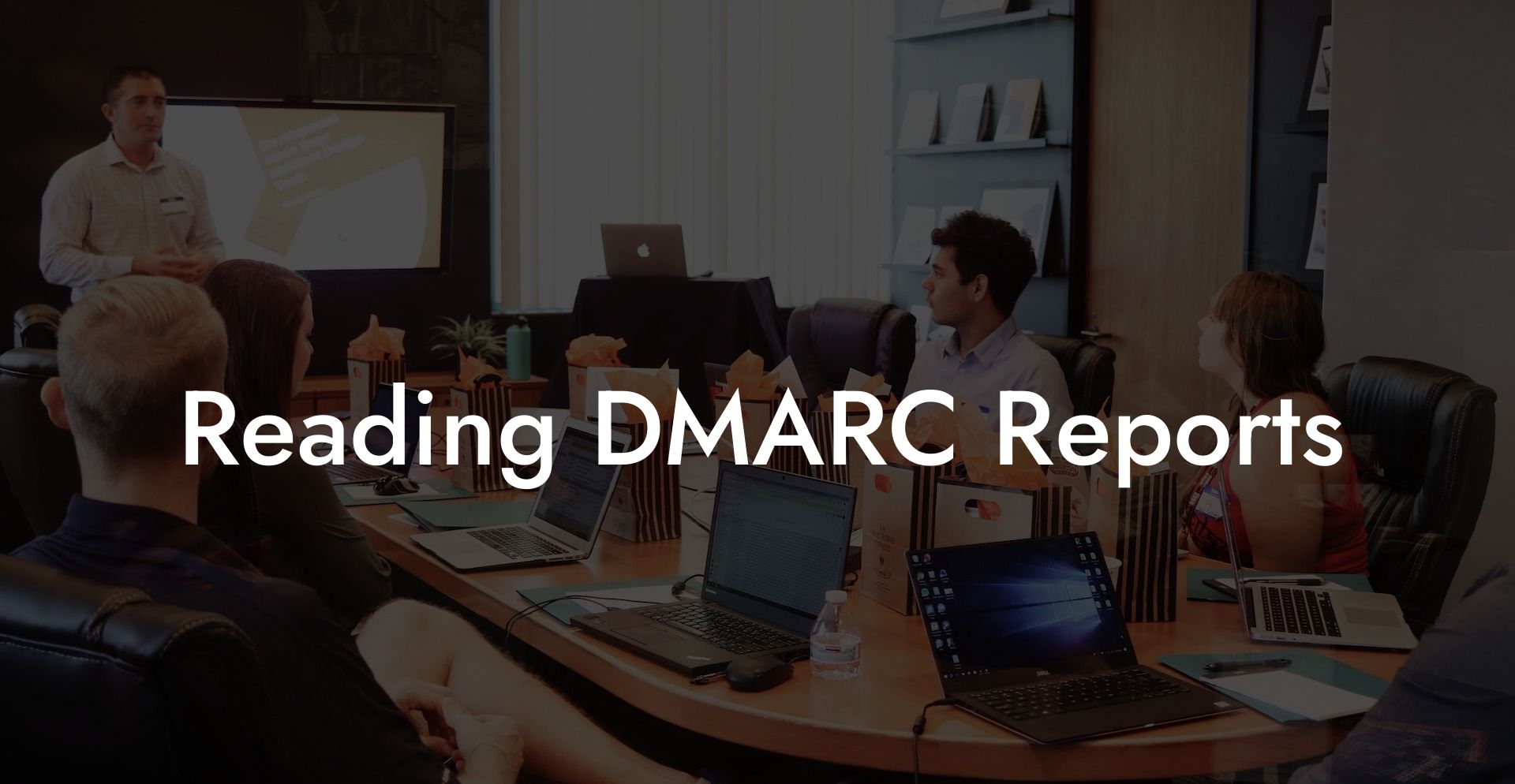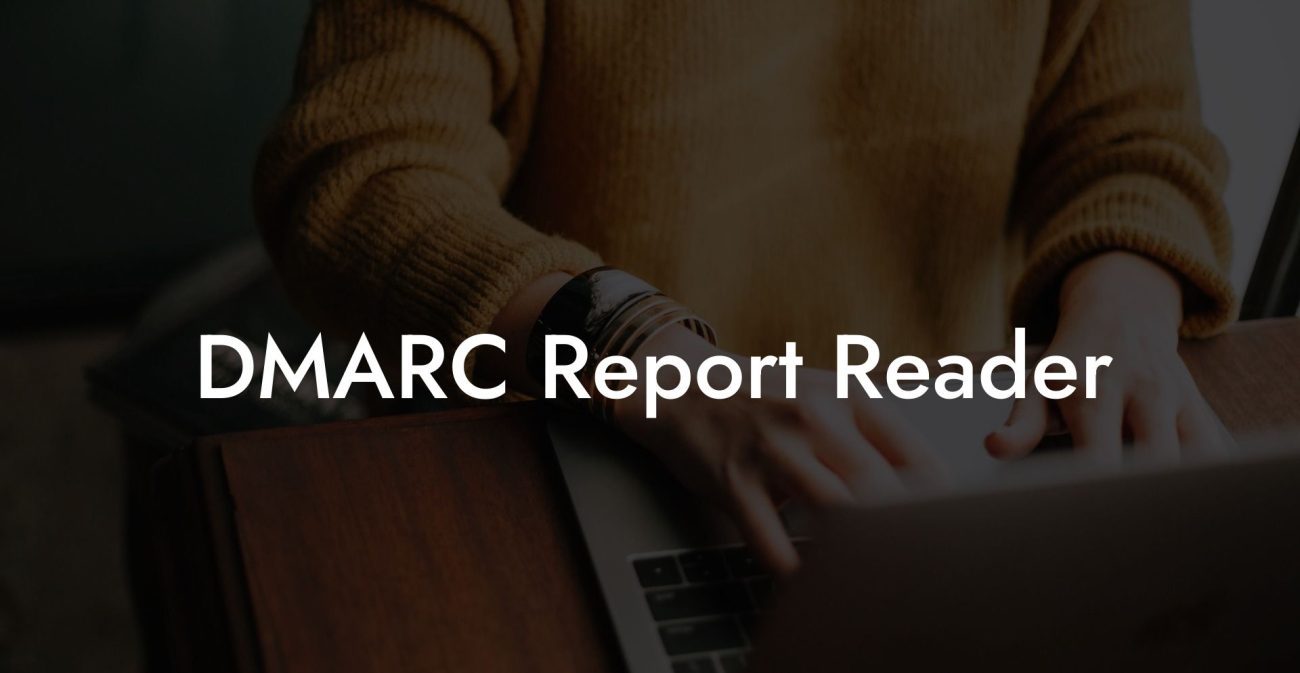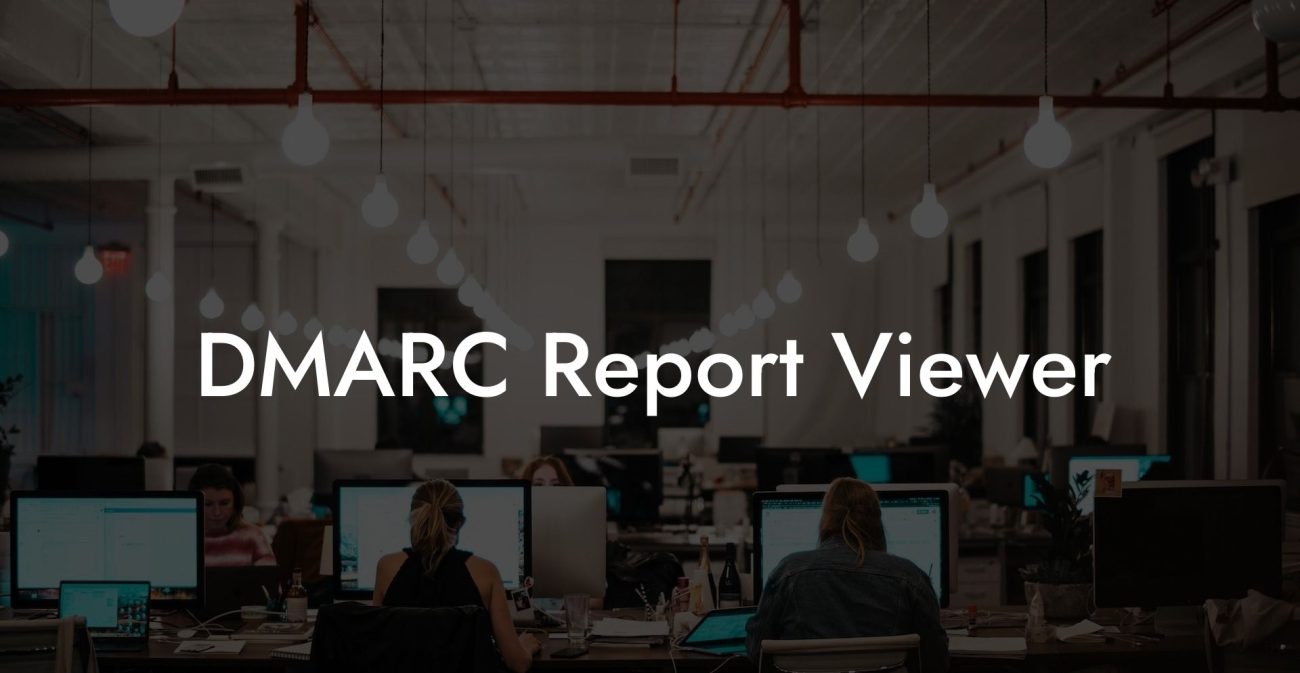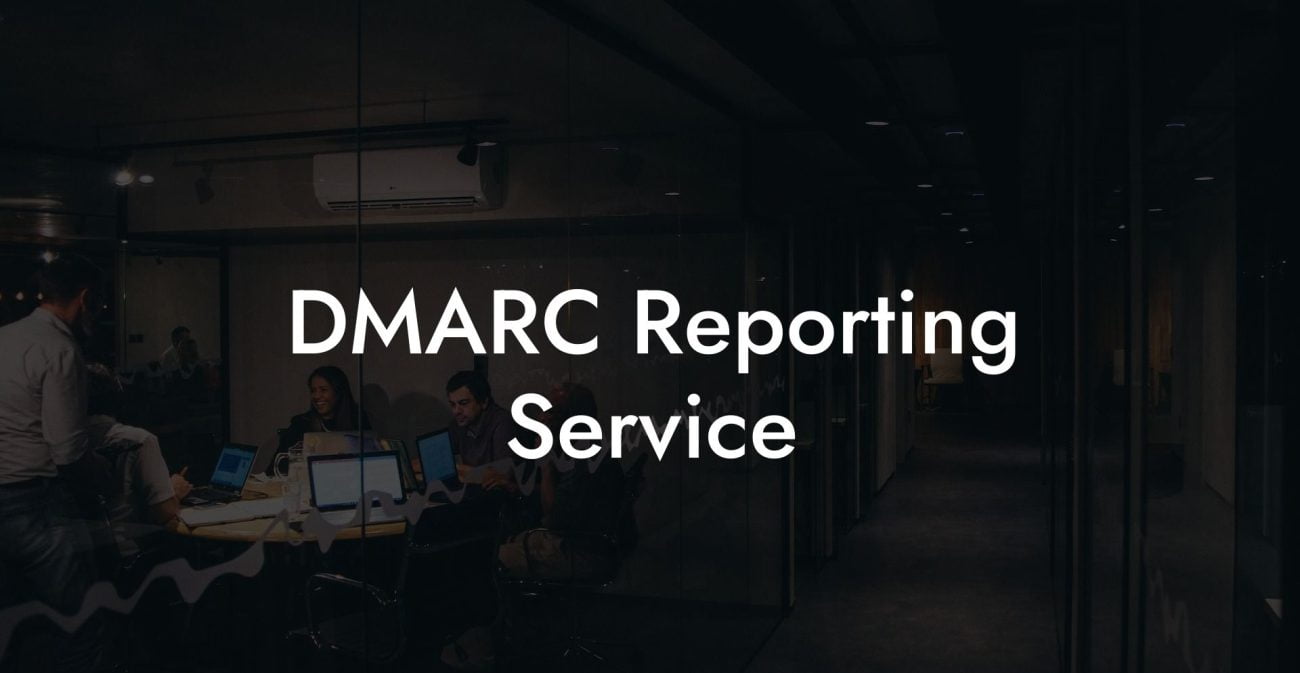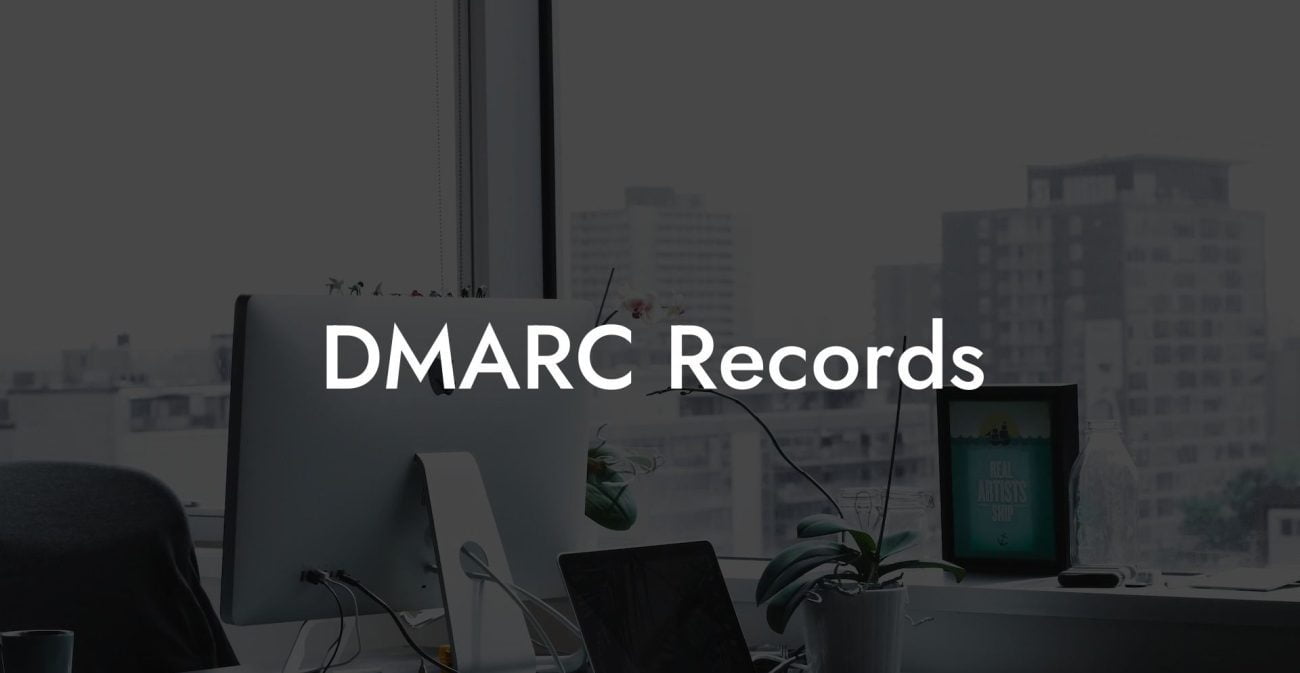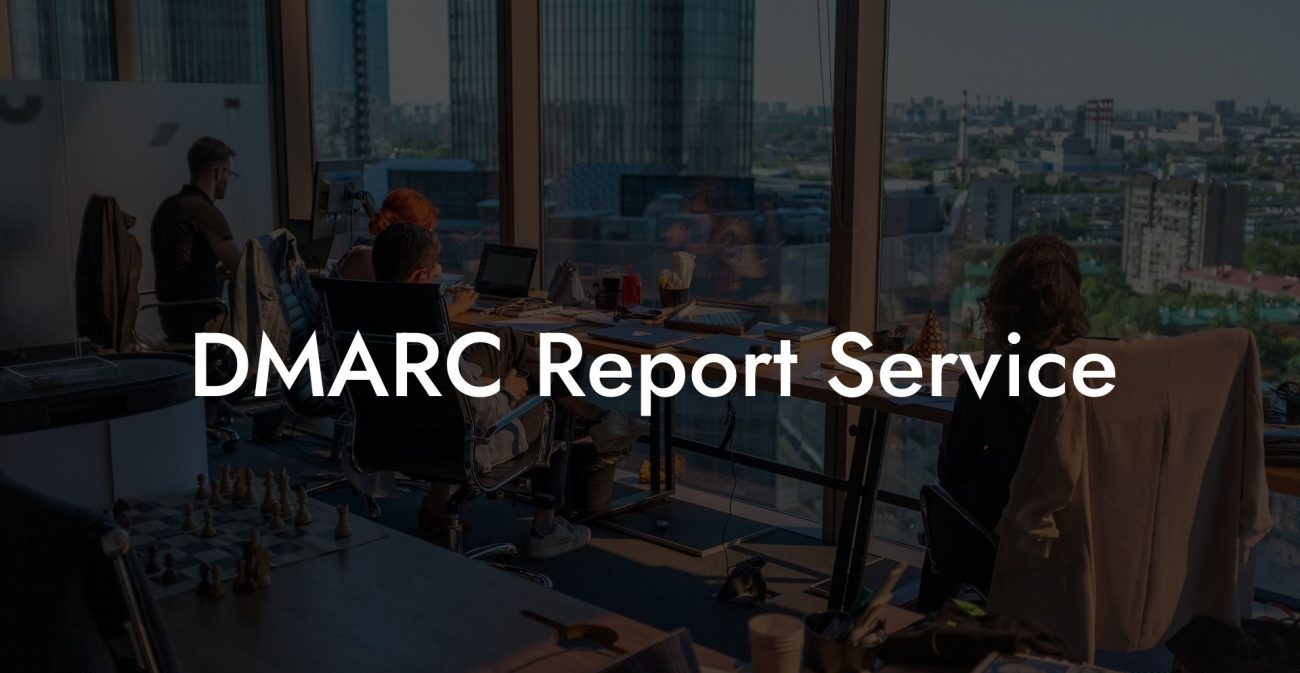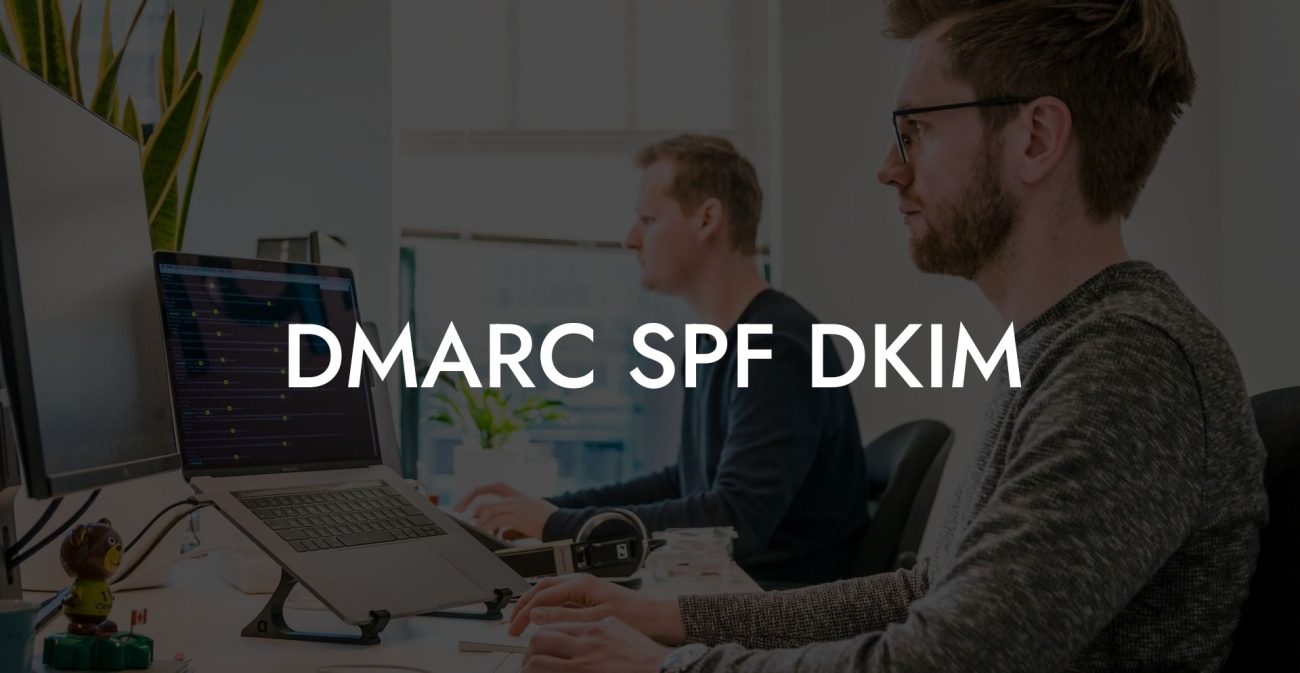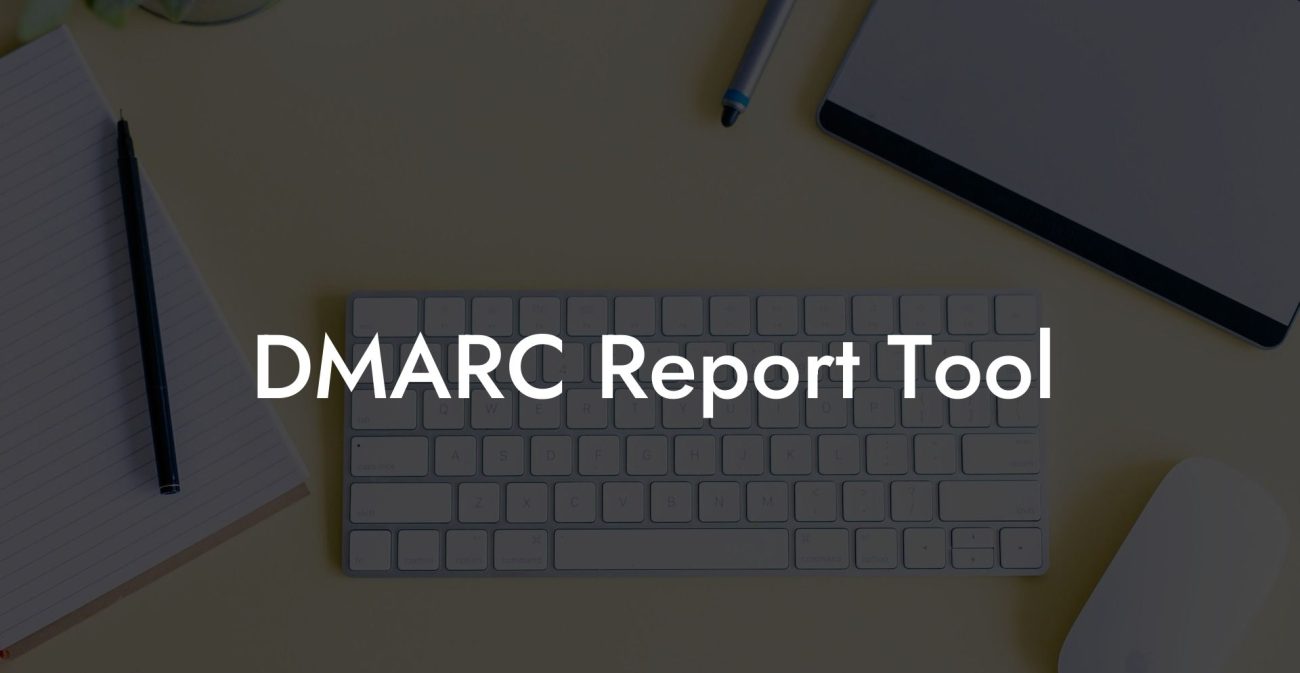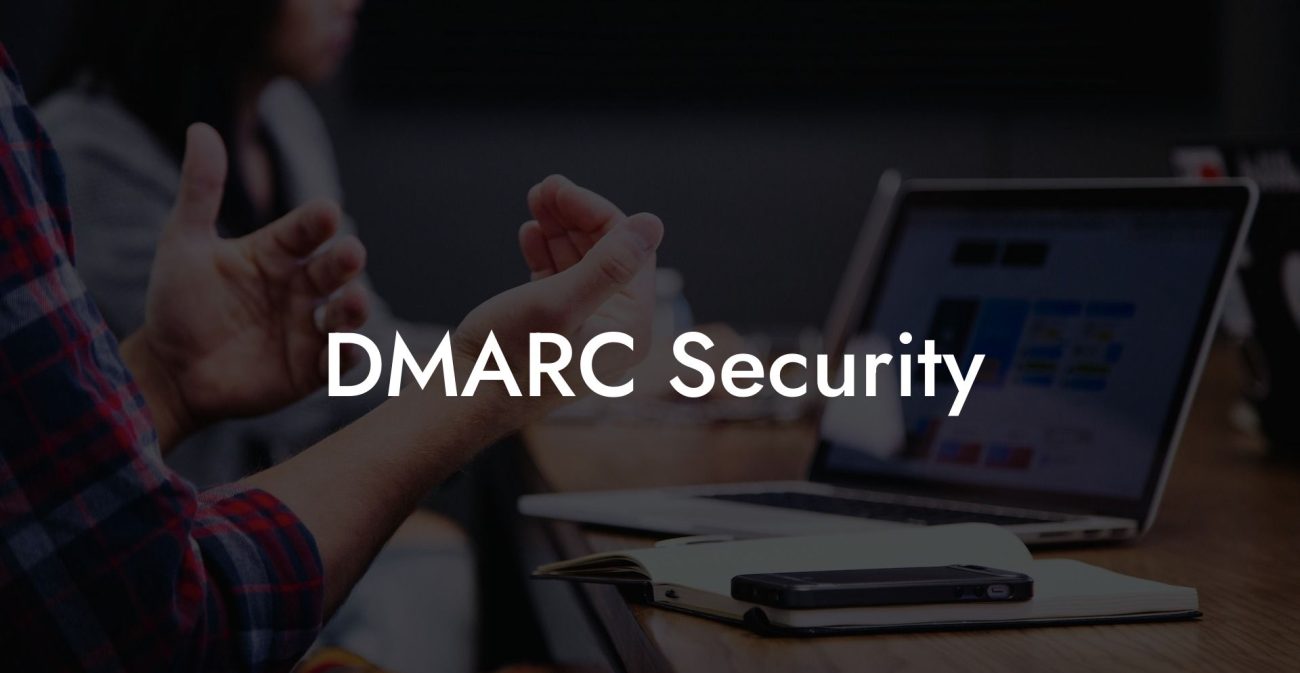In today's fast-paced digital world, protecting your organization from email fraud and spoofing attacks is crucial. One important tool that can help you prevent such malicious activities is DMARC (Domain-based Message Authentication, Reporting, and Conformance). But what happens when you have DMARC set up, and you receive a report? In this article, we will take you on a deep dive into understanding and reading DMARC reports, so you can effectively analyze and protect your domain from potential threats.
Reading DMARC Reports Table of Contents
What is a DMARC Report?
DMARC reports are XML documents that contain valuable data about your domain's email authentication status. They are generated and sent by mail servers that support DMARC, usually on a daily basis, to the email address specified in your DMARC record. These reports help you make informed decisions about your domain's email security and provide insights into any potential issues with your domain's authentication policies.
Understanding DMARC Aggregate Reports (rua)
Protect Your Data Today With a Secure Password Manager. Our Top Password Managers:
DMARC aggregate reports (rua) are summaries of email authentication results for your domain. They provide information about the number of messages that pass or fail SPF, DKIM, and DMARC checks, as well as the sources of these messages. Some key components of a DMARC aggregate report include:
- Report Metadata: Basic information such as the email address the report was sent to, the reporting organization, and the date range of the report.
- Policy Published: Information about your domain's DMARC policy, including the flags you have set.
- Record: A summary of authentication results for each IP address that sent emails on behalf of your domain during the reporting period.
- Authentication Results: The SPF, DKIM, and DMARC authentication status for each IP address.
- Message Counts: The number of messages processed from each IP address and corresponding authentication status.
Understanding DMARC Forensic Reports (ruf)
DMARC forensic reports (ruf) provide detailed information about individual messages that failed DMARC checks. They are triggered when an email fails DMARC and are sent to the email address specified in your DMARC record for forensic reporting. Some key components of a DMARC forensic report include:
- Message Headers: Headers of the failed message, including crucial information like the sender, recipient, subject, and date.
- Authentication Results: The SPF, DKIM, and DMARC authentication results for the failed message.
- Envelope Data: Information about the sender and recipient email addresses.
- Policy: The applied DMARC policy for the domain and any aligned policies (if any).
- Source IP: The IP address that sent the failed message.
Reading DMARC Reports Example:
Let's assume you have implemented a DMARC policy for your domain "example.com". Here's a sample DMARC aggregate report showing some of the components we discussed:
<report_metadata>
<org_name>example.com</org_name>
<email>dmarc@example.com</email>
<report_id>12345678</report_id>
<date_range>
<begin>1623081600</begin>
<end>1623167999</end>
</date_range>
</report_metadata>
<policy_published>
<domain>example.com</domain>
<adkim>r</adkim>
<aspf>r</aspf>
<p>reject</p>
<sp>reject</sp>
<pct>100</pct>
</policy_published>
<record>
<row>
<source_ip>10.2.3.4</source_ip>
<count>5</count>
<policy_evaluated>
<disposition>reject</disposition>
<dkim>fail</dkim>
<spf>fail</spf>
</policy_evaluated>
</row>
</record>
This sample DMARC aggregate report provides valuable insights such as the sending IP address, message counts, and authentication results. You can use this information to troubleshoot any potential issues with your domain's email security and ensure that your domain is well-protected against email spoofing and phishing attacks.
We hope that this guide has helped you better understand and read DMARC reports. Remember, tackling email fraud begins with putting the right policies and tools in place like DMARC to safeguard your domain. Keep monitoring your DMARC reports to improve your domain's email security and authentication, thereby protecting your brand and users from phishing threats. Be sure to share this guide with your colleagues and explore other informative content on our Voice Phishing blog. Stay vigilant and keep your digital world safe!
Protect Your Data Today With a Secure Password Manager. Our Top Password Managers:

